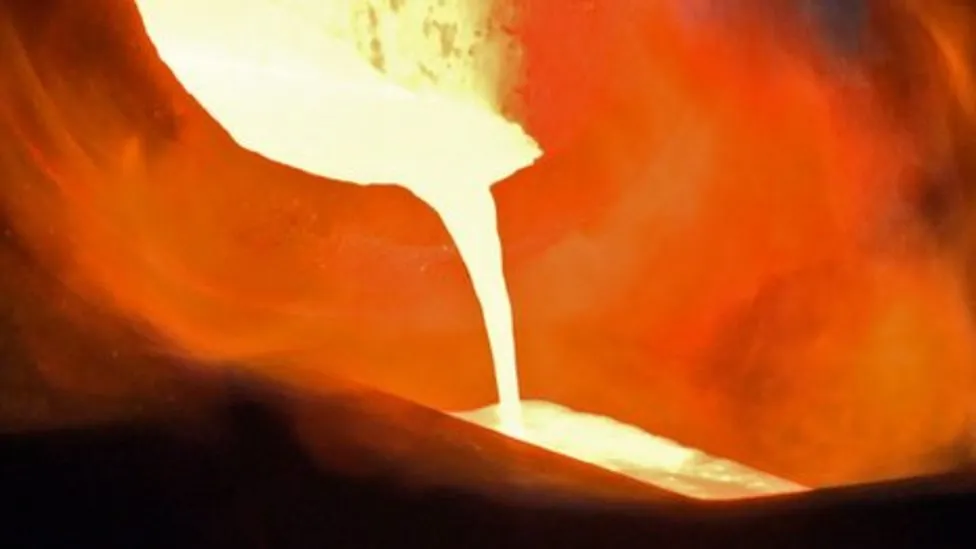Information
Opinion
The future of mining in NZ is pretty grim under our Green-aligned, unproductive government. At the rate it spends money, anyone of mediocre intelligence would figure out that producing money should be high on the agenda. Not so. Their much touted climate emergency ranks above growing the economy.
Take coal, where in 2014 we produced four million tonnes of the stuff, 2.8 million tonnes in 2016 and three million tonnes in 2019. It wasn’t enough, so now we import it.
[In 2020] the country’s main coal users imported more than they had in 14 years, and [in 2021] government officials expect even more to come in. Most of this coal is burned to power our homes and businesses.
The government expects an additional 150,000 tonnes of coal will arrive here, a 14 per cent increase on last year’s total which was already over 1 million tonnes.
RNZ
In a touch of irony, the main use of coal is to generate electricity, at the same time as the government warns about switching to electric vehicles to stave off the so-called climate emergency.
Why don’t we develop the estimated 16 billion tonnes of coal reserves lying untouched (some 8.6 billion tonnes of NZ coal is considered economically recoverable) instead of importing inferior Indonesian coal? Even environmentalists are aware of our poor practices.
Last year [2020], 235 kilograms of overseas coal was imported for every New Zealander in order to power homes and businesses. This is also only imported coal; the country also produces coal domestically.
Ninety-two percent of the imported coal was from Indonesia, and the vast majority of that was a low grade, high emissions type – sub-bituminous coal.
“Not only are we burning more coal, [but] it’s the dirtiest coal. And it comes from Indonesia where the conditions and the mining is appalling,” environmental campaigner Cindy Baxter said.
RNZ
Our lucrative mineral resources aren’t going away, but neither are the handful of mineral exploration companies intent on developing the much sexier gold resources into operational mines. There’s money to be had in them thar hills, despite this Government’s disinterest.
NZ gold production went from a high in 1993 to a low in 2020.
ASX-listed Santana Minerals this week reported “a ‘substantial’ increase in gold discovered during its exploratory drilling at the Rise and Shine [RAS] deposit near Tarras…”
Santana Minerals Ltd’s 100 per cent owned subsidiary, Matakanui Gold Ltd, has been exploratory drilling a 251 square kilometres of the Bendigo-Ophir area on the north face of the Dunstan Range in the Matakanui and Manuherikia valleys. Under a five-year exploration permit, the land is mostly privately owned but includes some pastoral lease and Department of Conservation land, including the Bendigo historic reserve and Ardgour Conservation Area.
Santana drilling results reported this week indicate a two million ounce inferred gold resource in Central Otago.
Company executive director Dick Keevers said in a release to shareholders the new two million ounce global inferred gold resource platform at RAS was a “significant milestone”.
“The execution of our plan to ‘follow the gold’ [at RAS] during the last few months has paid off handsomely. This is a substantial upgrade in our MRE [mineral resource estimate], both in a large increase in inferred contained ounces of Au at our lower cut-off grade and the definition of a substantial tonnage of higher-grade [gold] … We have really opened up the prospect of future underground mining of the deeper parts of the RAS deposit if RAS continues further down plunge, which our geological model suggests it should,” Mr Keevers said.
Tarras-based project manager and company director Kim Bunting said the higher-grade gold discovery meant there were now two mining options: open pit or underground mining.
Otago Daily Times

Shareholders will be delighted and well aware that the cost of progressing to the feasibility stage is expected to cost in the vicinity of $20-30 million to reach the point of determining whether the mining prospect is financially viable.
Patience and very good business practice is essential to utilising our extensive underground mineral reserves; unfortunately, these attributes are in short supply in the current government, but essential in the handful of mineral exploration companies quietly working up and down the country. A government sympathetic to the mining industry could reap huge dividends.









